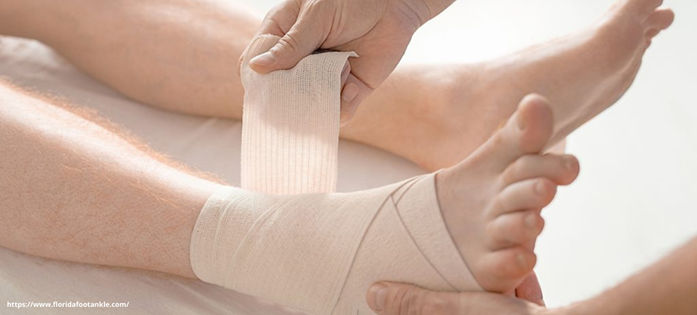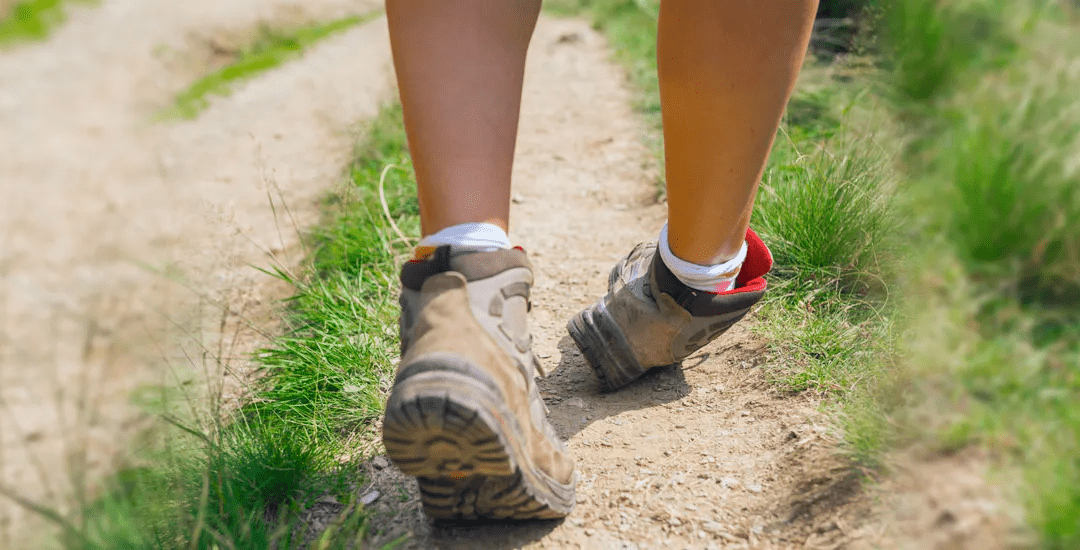A sprain occurs when a ligament is overstretched, broken, or twisted. A ligament is a tough band of fibrous tissue that binds bones or cartilage together. It is situated around your joints. Sprain commonly occurs in your wrists, ankles, thumbs, and knees are all common sprained areas.
Many people in Bhubaneswar suffer from sprain and strain, and related complications. As a result, proper treatment is always compulsory to get relief from the issues.
Dr. Sandeep Singh, one of the best orthopedic doctors in Bhubaneswar, provides the proper care for your complications related to sprain and strain.
Let us begin with an overview of sprain and strain:

A sprain occurs when a ligament is overstretched, broken, or twisted. A ligament is a tough band of fibrous tissue that binds bones or cartilage together. It is situated around your joints. Sprain commonly occurs in your wrists, ankles, thumbs, and knees are all common sprained areas.
On the other hand, A strained tendon or muscle is a complication that has occurred due to being overstretched, broken, or twisted. A tendon is a fibrous tissue cord that attaches muscles to bones.
Legs, elbows, feet, and back are some of the most commonly strained regions of your body. Now that we have understood what sprains and strains are all about, let us have an idea of the causes.
Causes of sprains:
Falling, bending, or sustaining joint damage are the most common causes of sprains. As a result of these injuries, you may experience tearing or stretching the ligament.
Walking or running on an uneven surface, sudden twisting or pivoting, falling and landing on your wrist or hand, playing sports with a racquet, and injuries from contact sports are all possible causes of sprains.
Causes of Strains:
Strains can develop quickly (acute) or slowly (chronic). Lifting a heavy object, running, jumping or tossing, sliding or dropping are all causes of acute strains.
Playing sports and activities that require repetitive movements, such as rowing, tennis, or running, can cause chronic strains. Chronic strains may also occur by sitting or standing in an uncomfortable position for long periods.
What are the treatment options available for sprains and strains?
1. Use RICE therapy to reduce swelling:
You should put the strained or sprained region in rest. If you have an arm injury, use a sling, and if you have a leg or foot injury, use crutches. Tape an injured finger or toe to an adjacent finger or toe to create a splint.
Every hour, use ice for 20 minutes on the affected area. If you apply ice directly against your skin, it can harm your skin. To cover your skin, use a thin towel while applying the ice.
Wrap an elastic (Ace) bandage or sleeve around the joint or limb gently (not tightly) to compress it. Specialized braces, such as those for the ankle, may be more effective than an elastic bandage for swelling.
2. Regulate Inflammation and Pain
Use ibuprofen (Advil, Motrin), acetaminophen (Tylenol), or aspirin as an over-the-counter NSAID (non-steroidal anti-inflammatory drug). If you are under the age of 19, you should avoid these medications.
3. Consult your orthopedic doctor in Bhubaneswar
Both strains and sprains, even the tiniest ones, should be checked by the best orthopedic doctor. If you have signs of a potential broken bone, see a doctor as soon as possible:
- With the injury, there will be a “popping” sound.
- You will be unable to move or bear weight on the injured joint or limb.
- You may experience a limb buckle when there is an injured joint.
- There can be numbness in the affected area.
- Swelling, discomfort, fever, or open cuts can also occur as a result of injury.
4. Is there any requirement for follow-up treatments?
- You should continue RICE therapy for another 24 to 48 hours or until you consult a doctor.
- The doctor may advise X-rays or an MRI to diagnose a severe sprain or strain or rule out a broken bone.
- Before the limb or joint recovers entirely, the doctor may need to immobilize it with a splint, cast, or other devices. Physical therapy can also aid in the healing of a damaged joint.
- In severe cases, you may require surgery as well.
FAQs
What Is The Most Effective Way To Treat Sprains And Strains?
The Bottom Line The RICE method for treating acute sprains and strains includes rest, ice, compression, and elevation. This is most effective for injuries within 48 hours. With minor injuries, the RICE method can reduce pain and swelling, and return you to your activities as soon as possible.

